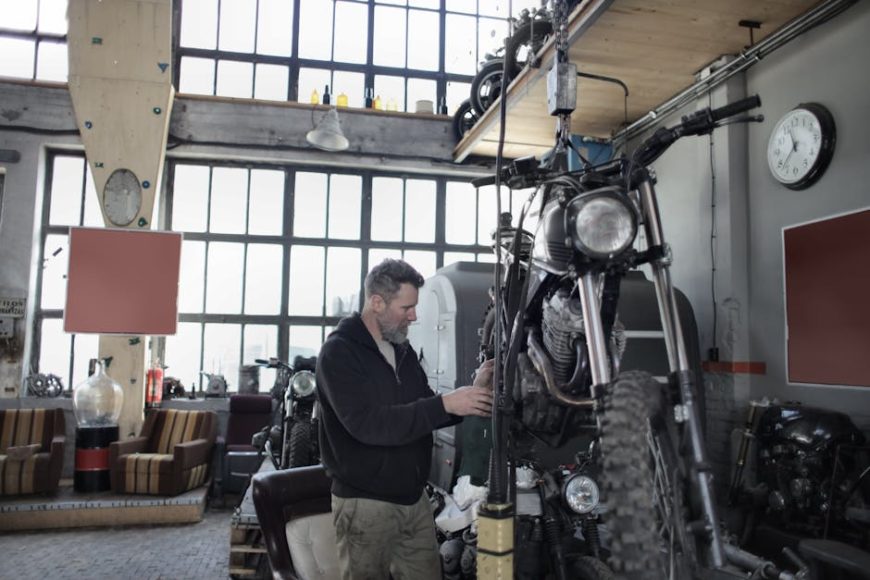- July 11, 2024
- By
- In Uncategorized
- 157
- 0

Preparing your vehicle for equipment transport is essential for a smooth transition. Let’s ensure your transport experience is seamless and stress-free.
Before you even begin the preparation process, it’s crucial to understand the specific requirements for equipment transport. These can vary depending on the transport company and the type of vehicle you’re planning to transport. Common requirements may include vehicle size limits, weight restrictions, and types of vehicles that can be accommodated.
It’s also important to consider the legal and regulatory aspects of transporting your vehicle, especially if it involves crossing state or international borders. Familiarize yourself with these to avoid any unforeseen complications.
An initial inspection of your vehicle is paramount. Check for any mechanical issues that could pose problems during transport, such as loose parts or leaks. Ensuring that your vehicle is in good working order reduces the risk of delays or additional charges from the transport company.
Remove all personal items and accessories from your vehicle before transport. Not only does this reduce the risk of theft or loss during the journey, but it also ensures that these items won’t cause damage to the interior of your vehicle. Items to remove include electronic devices, valuable documents, and custom add-ons that protrude from the vehicle’s body.
Ensure your vehicle’s fluids are at an appropriate level and that there are no leaks. A fully charged battery and properly inflated tires are essential for loading and unloading the vehicle. Not only does this preparation step keep your vehicle in ready-to-go condition upon arrival, but it also aids transporters in handling your vehicle safely.
Secure or remove any parts of your vehicle that could become detached or pose a risk during transport, such as antennas, spoilers, and external mirrors. This minimizes the chance of damage to your vehicle and others. Safety should always be a top priority during equipment transport.
Covering external parts of the vehicle that can’t be removed, such as side mirrors or spoilers, with protective padding can provide additional protection against potential scratches or impacts.
Taking detailed photos of your vehicle from various angles ensures that you have documented proof of its condition before transport. This is important for insurance purposes and in the rare event that a dispute arises regarding vehicle damage during transport.
Consider the transport method that best suits your needs. Options include open-air transport, which is cost-effective, and enclosed transport, which offers superior protection for high-value vehicles. Each option has its benefits and understanding these can help you make an informed decision based on cost, vehicle type, and distance.
Ensure you fully understand the insurance coverage and liability terms provided by the transport company. Knowing what is covered and what is not can save you from unexpected headaches in the event of damage or loss during equipment transport.
Don’t hesitate to ask the transport company for detailed explanations or additional coverage options if you feel the need for greater protection during the transport of your vehicle.
By carefully preparing your vehicle for equipment transport, you’re setting the stage for a hassle-free experience, ensuring your vehicle arrives at its destination in the same condition as it left. Trust in these steps to protect your valuable asset during its journey.